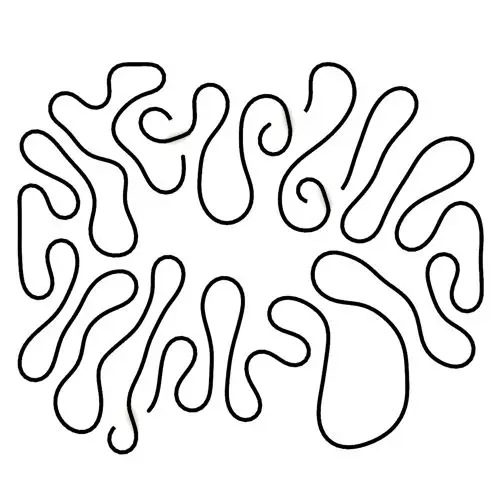
Differential Growth
In this Kangaroo Grasshopper tutorial, you’ll learn how to create a differential growth pattern on any mesh surface by projecting
In this Rhino Grasshopper Tutorial, we are going to talk about Stereographic Projection. First, we will take a look at different projects related to Stereographic Projection and then we will model a parametric pattern in Grasshopper step-by-step and from scratch.
Duration : 16 Minutes
In geometry, the stereographic projection is a particular mapping that projects a sphere onto a plane.
But actually, you can project any pattern from a base surface (even if it’s not a sphere) onto the floor and call it a stereographic projection.
To get the final results we have to take 3 steps and look at the problem backward.
First, we have to define which pattern we want to project on the ground. In this grasshopper Tutorial, we have used a simple square grid pattern.
Go to the “Vector” menu and select the “Square” Component from the “Grid” Submenu.
Give a point to the Plane input. This trick will convert the point into the center of an XY plane.
Finally give number sliders to the Size for the size of the grid cells, Extent X for the number of cells in the X direction, and Extent Y for the number of cells in the Y direction.
The next step is to offset the square cells inwards so we can give the shadow some thickness. the “Offset Curve” component from the “Curve” menu and the “Util” submenu can do this. Be sure to give an “-x” in the expression of the “Distance” input so the curves don’t offset outwards.
To have the same thickness at the borders we can get the “Bounding box” of the cells (Flatten so the inputs go into one single group)and select the “Union Box” which can be reached by right-clicking on the component.
Then extract the edge of the single bounding box with “Brep Edges” and join them to form a rectangle. Finally, offset it with the same distance to get the result.
After offsetting the border and the cells we can use the “Boundary Surfaces” component to convert them into a single surface.
Now it’s time to define a parametric base surface for the projection. This surface will define the curvature of the final form. For this example and to make it as simple as possible we have used a parametric sphere. First, we will use the “Sphere” component and give it a center and radius.
Now we can use the “Scale NU” component to scale the sphere in X, Y, and Z directions differently. This will give us more control over the final result.
To find out which form produces the desired shadow we can extrude the shadow to a point using the “Extrude Point” component.
And then intersect it with the base surface using the “Brep / Brep” component.
Because sometimes there will be two sets of intersection curves we have to take additional steps to pick up the lower part but basically, we can always split the base surface with the curves by using the “Surface Split” Component.
Because there will be different results when you use the “Surface Split” we have explained one or two ways of selecting the final results in the video tutorial.
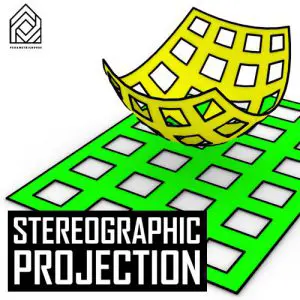
In this Rhino Grasshopper Tutorial, we are going to talk about Stereographic Projection. First, we will take a look at different projects related to Stereographic Projection and then we will model a parametric pattern in Grasshopper step-by-step and from scratch.

In this Kangaroo Grasshopper tutorial, you’ll learn how to create a differential growth pattern on any mesh surface by projecting

In this Grasshopper beginner tutorial, you’ll learn how to design a parametric vase with triangular faces, fully controllable height, thickness,
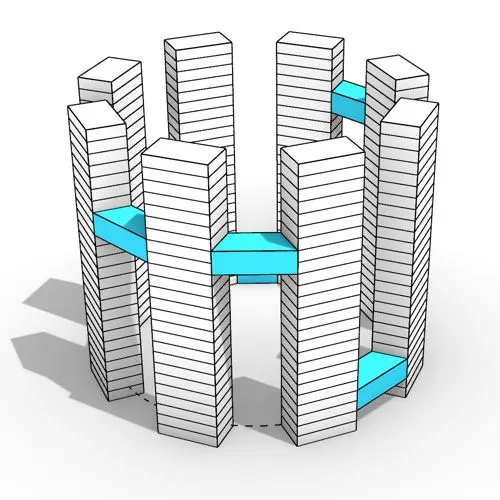
In this Grasshopper tutorial, you’ll learn how to design a series of parametric towers arranged around a curve and connect

In this Grasshopper tutorial, you’ll learn how to design a parametric wall using solid difference and contour techniques.

In this Grasshopper example file, you can model an exoskeleton Mesh structure with entwined curves parametrically.

In this Rhino Grasshopper tutorial for beginners, you’ll learn how to model a parametric Voronoi MultiPipe SubD structure on a

In this Grasshopper tutorial, you’ll learn how to create a simple two-layer Vierendeel space frame structure by defining any four-sided
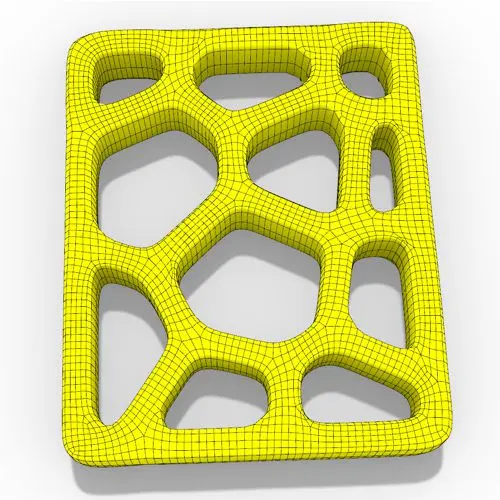
In this Grasshopper Voronoi tutorial, you’ll learn how to create a parametric mesh generated from random or controllable Voronoi cells
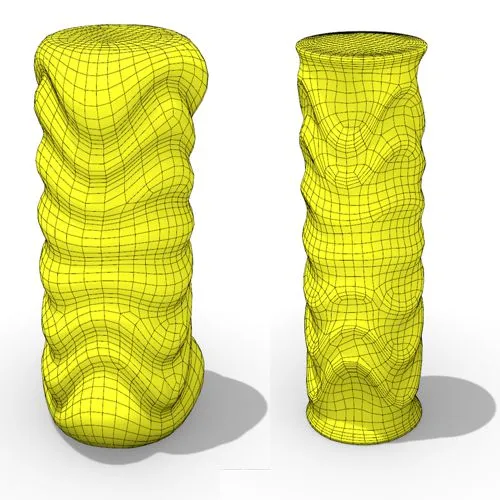
In this Grasshopper tutorial, you’ll learn how to create a dynamic parametric mesh using section curves and Kangaroo physics to
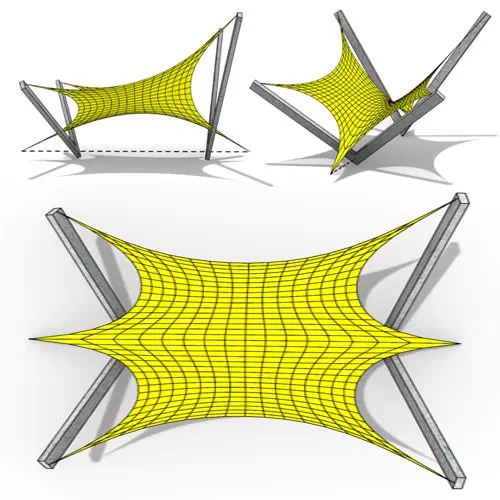
In this Grasshopper Kangaroo tutorial, you’ll learn how to model a parametric tensile structure by defining anchor points, the direction
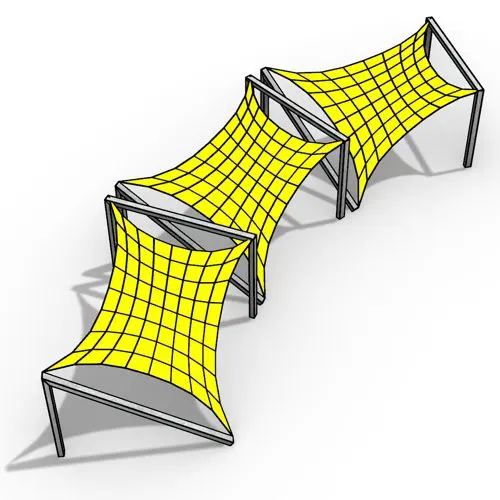
In this Grasshopper Kangaroo tutorial, you’ll learn how to model a series of tensile structures arrayed along any open or
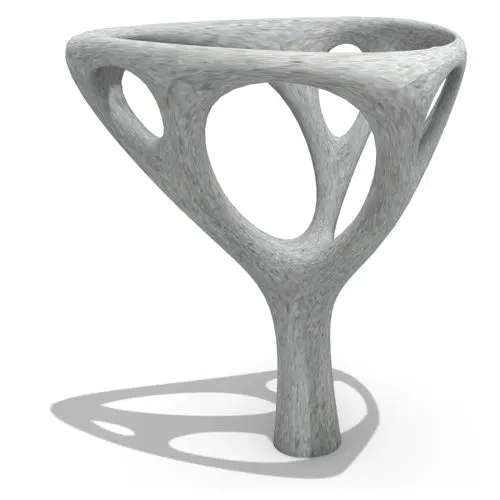
In this Rhino Grasshopper tutorial, you’ll learn how to model a parametric tree-like structure using only native Grasshopper components, with

In this Grasshopper tutorial for beginners, you will learn how to design a parametric tower defined by four control points

In this Grasshopper tutorial for beginners, you will learn how to design a parametric facade composed of modular openings.
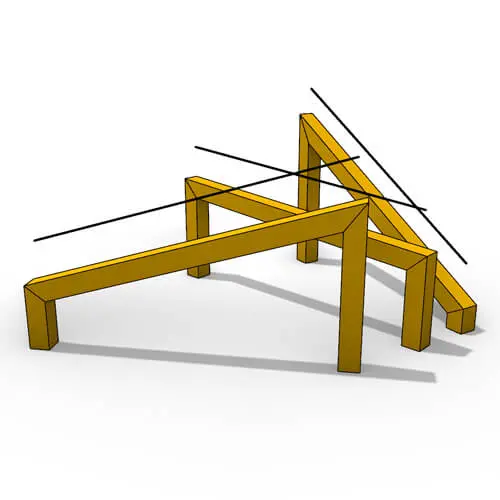
In this Grasshopper tutorial because we know how to convert a series of lines to a frame now we can
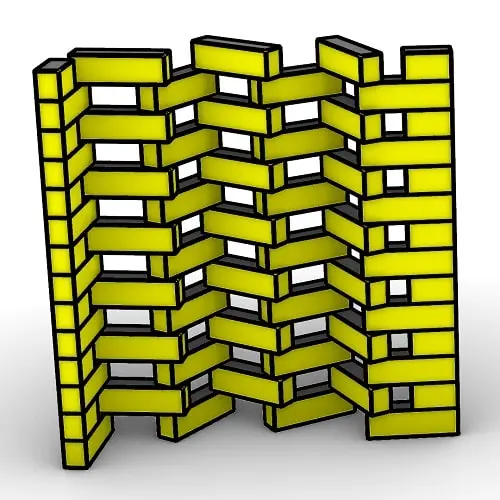
In this Rhino Grasshopper Script, you can model a parametric brick wall by defining a base curve
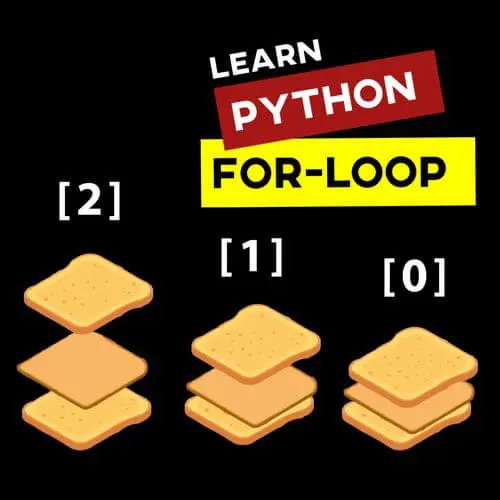
In this Grasshopper Python Lesson, we are going to talk more about the basics and how to use Print and
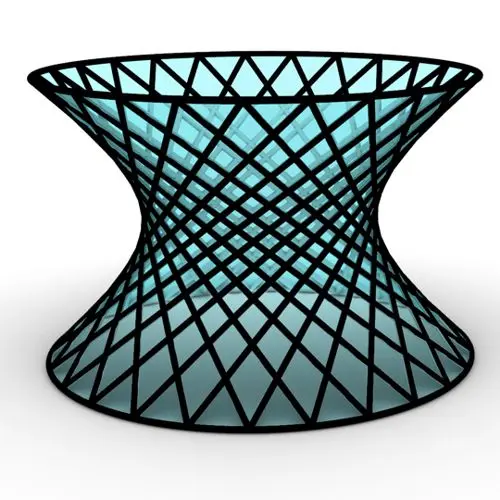
In this Rhino Grasshopper Tutorial we are going to learn how to make a series of rotating lines around two
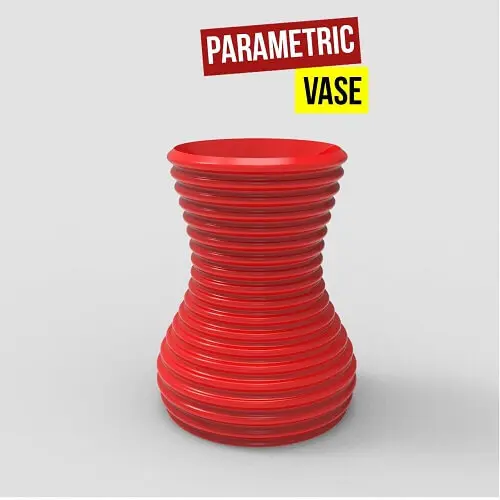
In this Paracourse Lesson (25 Minutes), You can learn how to model a parametric vase by using a Perlin Noise
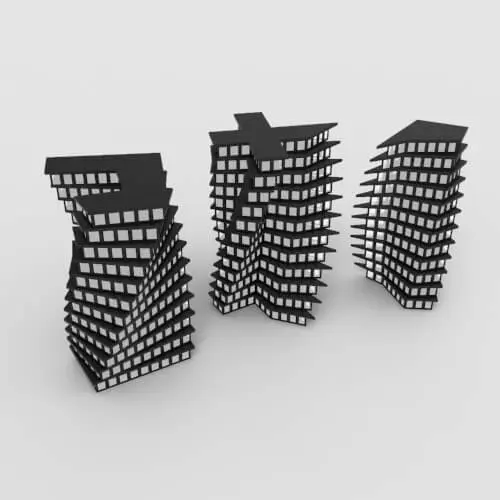
In this Grasshopper lesson, I will talk about managing output data with a turning tower example. First I,m going to

In the introductory lesson, we’ll explore the Grasshopper 1.0 canvas and familiarize ourselves with its fundamental features.
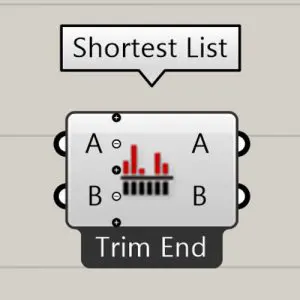
Now we have learned the basics of the canvas we will take a look at the most important aspect of
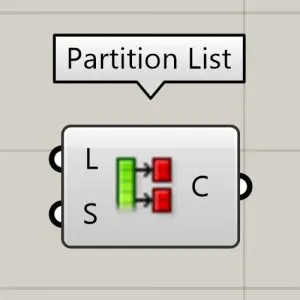
Now we will learn how to manage data with more tools like list length , partition list and simplify.

After learning about the Partition list, it’s time to learn how to destroy the data trees with flatten and also

In this Grasshopper example file, you can design a parametric facade with variable-thickness hexagonal cells.

In this Grasshopper example file, you can model and simulate a parametric facade with free-form openings using the mesh relaxation

In this grasshopper example file, you can use a hexagonal module to model a parametric facade.
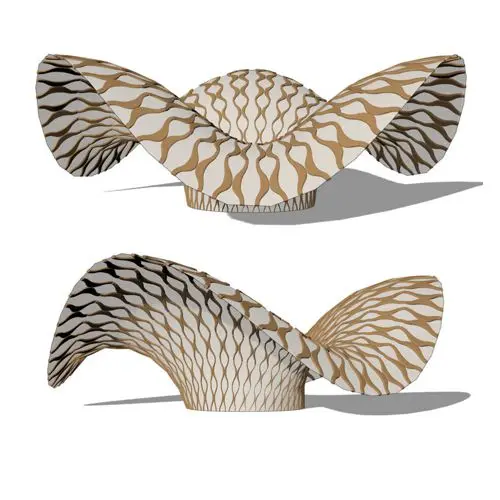
In this grasshopper example file, you can use the morph components to apply a 3d wave pattern on a mesh.

In these Grasshopper example files, you can design a parametric geodesic dome with customizable openings, generate optimized tower forms using

In this Grasshopper example file, you can create relaxing Voronoi cells on a facade , a blobby form with a
Parametric Ideas for Architects @2025
This tutorial or example file is exclusive to Paracourse Members.
Paracourse is an extensive library of video tutorials and example files, designed to guide you through your parametric design journey. With over 1,500 open example files & 600 Video Tutorials, you can freely edit and adapt them for your projects—no credit required.

Learn parametric design from scratch with over 100 hours of step-by-step tutorials, covering beginner to intermediate levels. Master components and their use in the design process.

Explore our open-to-edit .gh files to see how each subject is designed parametrically using Grasshopper3D. Freely adapt them for your projects—no credit required.

Delve into complete algorithms with our advanced tutorials. Learn the logic behind each step, understand how the parts work together, and see how to apply them effectively in your designs.
Grasshopper empowers architects and designers to create sophisticated, customizable designs with ease.
Architects, industrial designers, artists, and anyone passionate about parametric design will find value in this course.
With diverse tutorials and open example files, you’ll have everything you need to tackle any design challenge.
Mastering Grasshopper with Paracourse can significantly enhance your career prospects.
Reviews
There are no reviews yet.